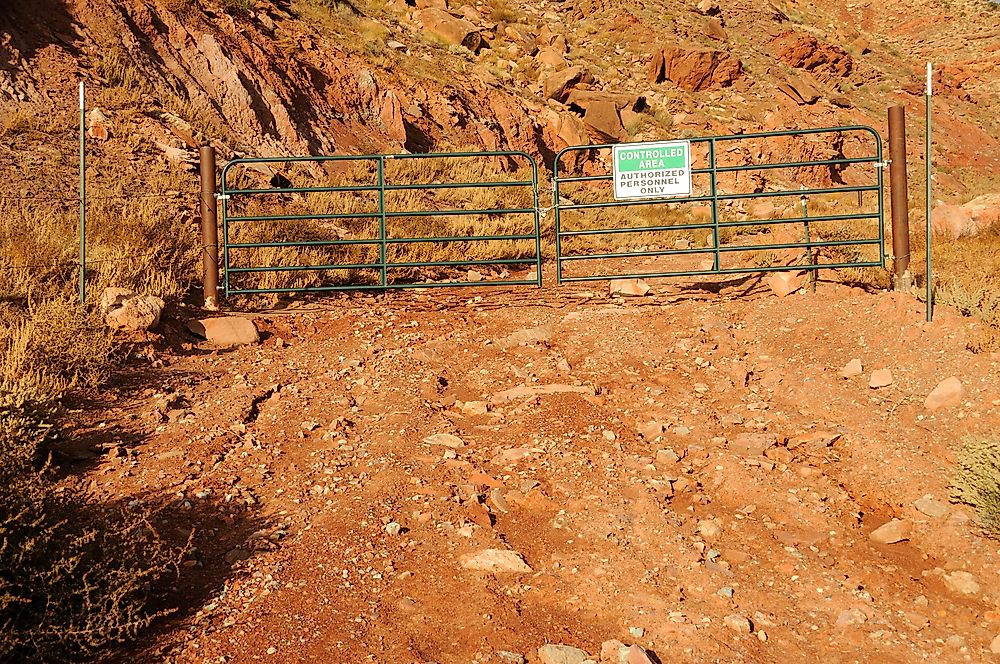What is a Superfund Site?

What is a Superfund Site?
A Superfund site is a term used to describe any land within the USA that is contaminated by various hazardous wastes. In such a case the US Environmental Protection Agency (EPA) recommends the site for cleanup. Superfund sites pose high risks to the environment as well as human beings. At least one out of four Americans stay within four miles of a Superfund site. Areas with a high population such as the San Francisco Bay have about twenty Superfund sites. Other areas in the US which are highly intoxicated include Idaho’s St. Maries Creosote, Massachussetts’ Walpole, California’s Whittier, Koppers Company in Delaware, and Crossley Farm in Pennsylvania.
Toxic Chemicals on Superfund Sites
Chemicals that are released into the environment from the Superfund sites include lead, DDT, mercury, and arsenic. In addition, the EPA responds to issues such as oil spills, natural disasters, and other environmental emergencies. Such hazardous sites are normally listed on the National Priorities List (NPL), to ensure that they are attended to within the shortest time possible. As a matter of fact, the NPL is a specific list that identifies the priorities of the nation as far as the release of pollutants, contaminants, and hazardous substances in the USA is concerned. The main role of the NPL is to guide the EPA when establishing sites that may require extensive investigation.
The Superfund Program
The term “Superfund” is used for the environmental program that was set up to clean the abandoned waste sites. It was formed on the basis of the Comprehensive Environmental Response, Compensation, and Liability Act (CERLA) which was passed in 1980. The CERLA Act was enacted into a law when some of the polluted sites like the Love Canal and the Times Beach got people’s attention. Hence, the law authorizes the EPA to conduct cleaning of sites with pollutants and hazardous environments. It permits them to request responsible persons to do the cleanup or otherwise compensate the government for the cleanups done by the EPA.
Process of Identifying a Superfund Site
The Superfund identification process constitutes assessing and evaluating the identified sites, listing them on the NPL, and setting of cleanup plans. During the assessment phase, the site is examined to determine if it releases hazardous waste. EPA also deals with removal actions in situations where there is a need for immediate action. As such, it also has the mandate to punish the parties who dispose dangerous chemicals in those sites. Furthermore, EPA incorporates the support of the states to ensure there’s long-term protection for the given area. Throughout the process community involvement is prioritized.
The Effect of the Superfund Program
Despite the media’s low coverage of the Superfund Program's success stories, they have been doing excellent work. The USA has numerous Superfund sites. As such, if the sites are ignored, it would cause extensive damage to both the environment as well as the human beings. Therefore, it is a relief that there already exists an agency that deals with the sites. The Superfund program has been able to offer Americans visible and lasting difference in their environments. They now enjoy working and living in clean and vibrant places.











